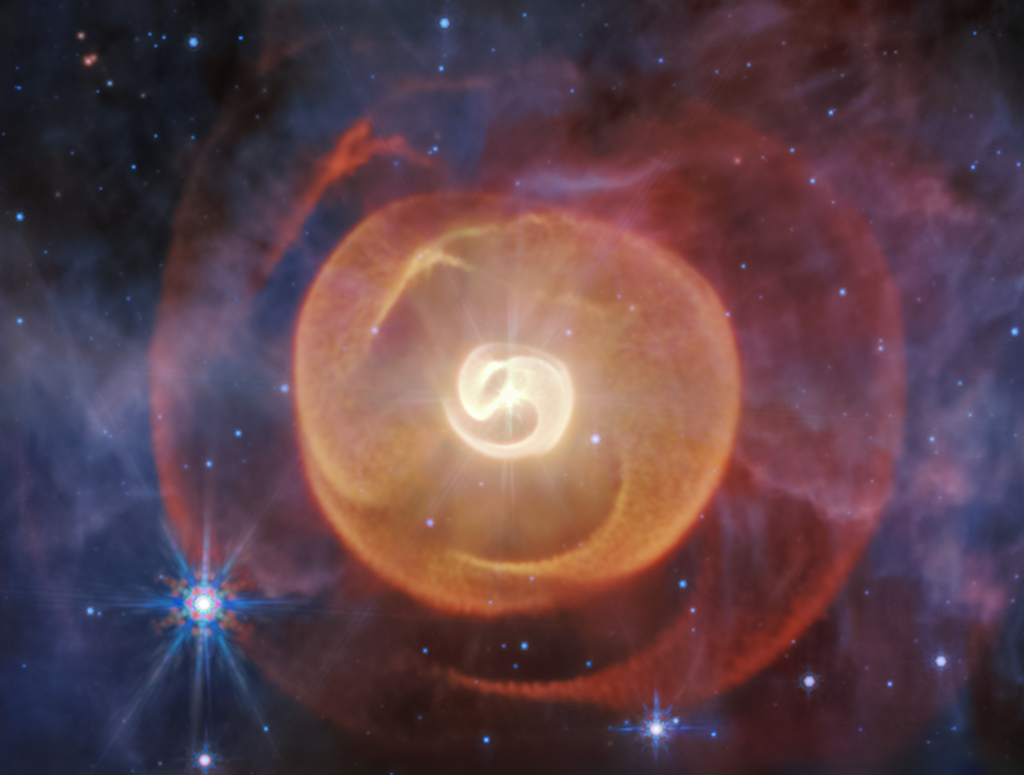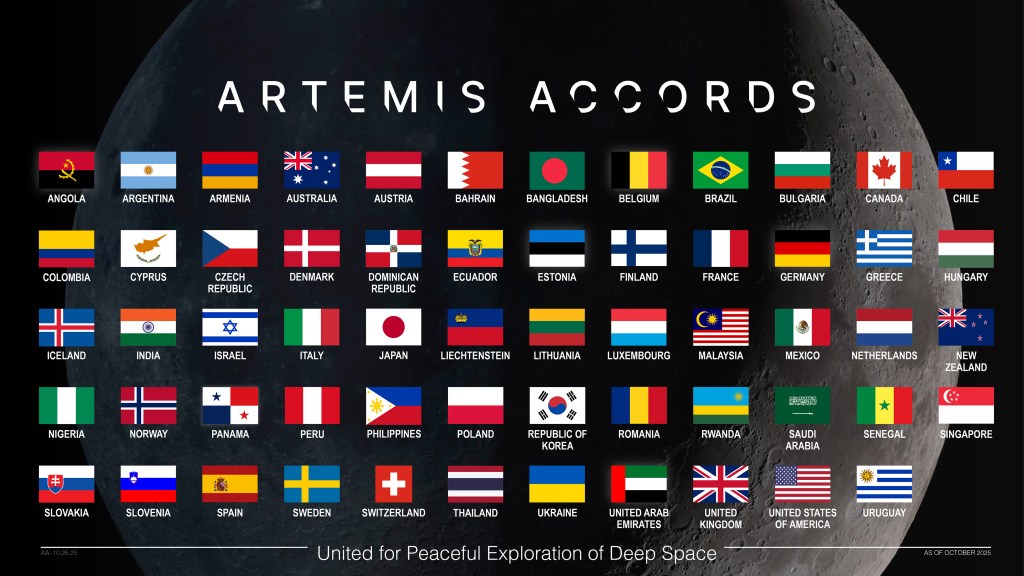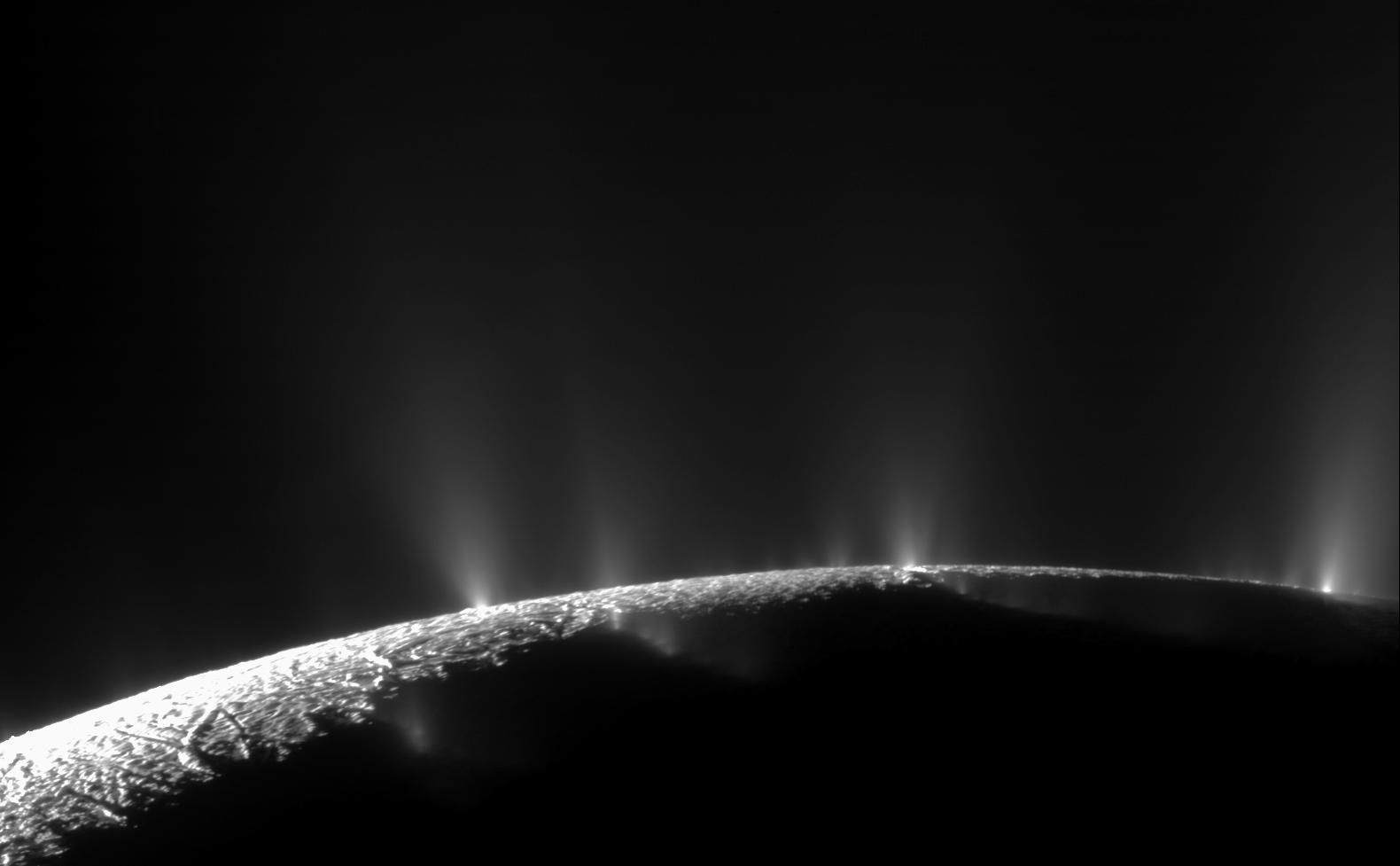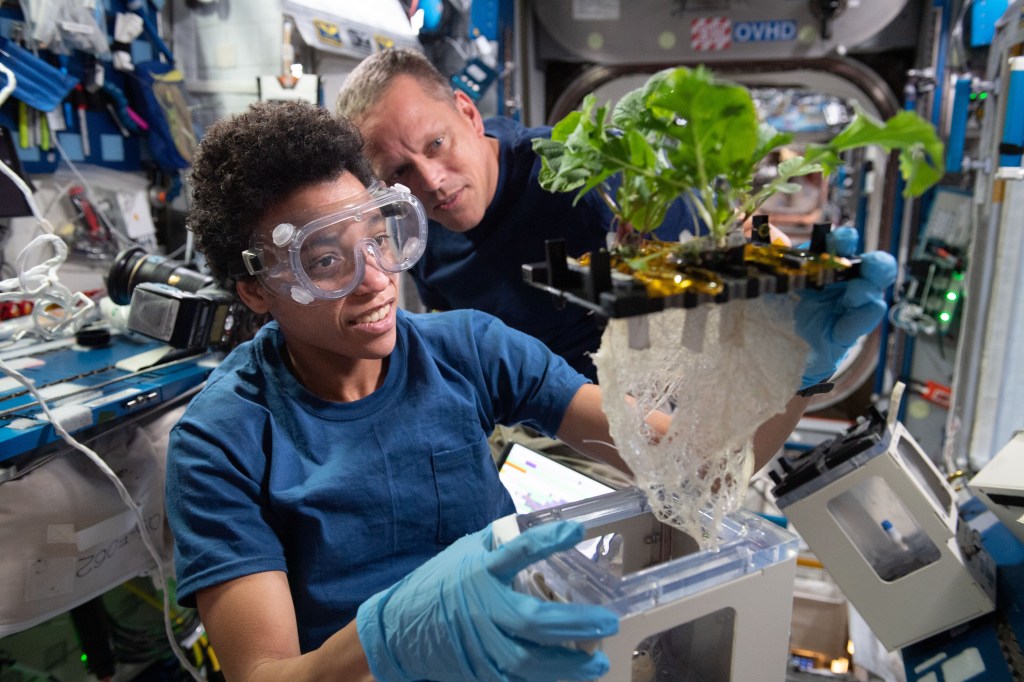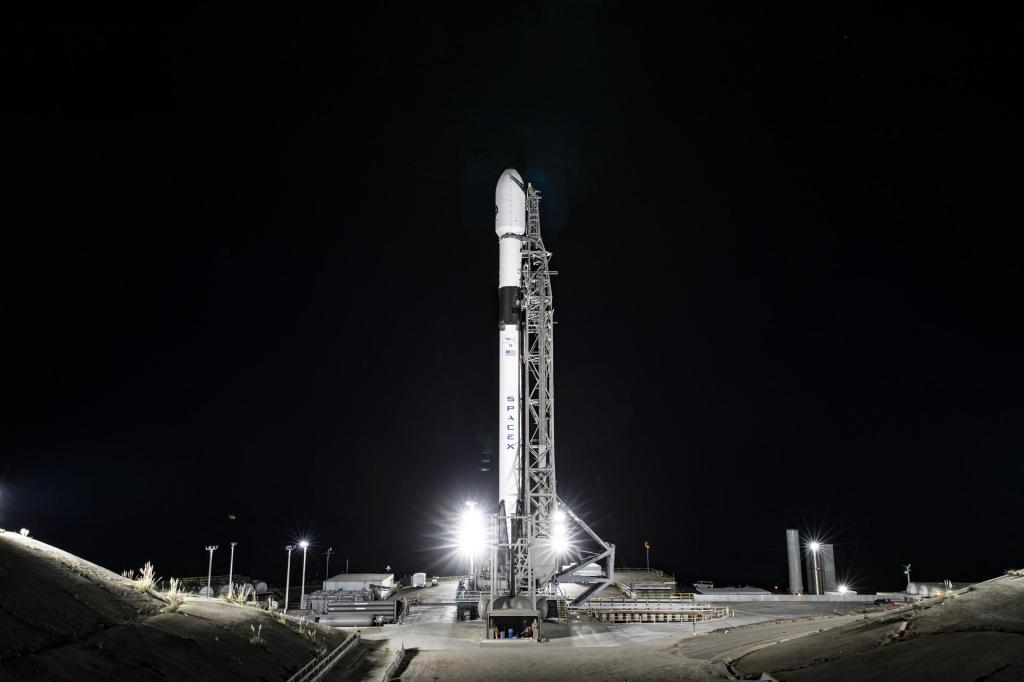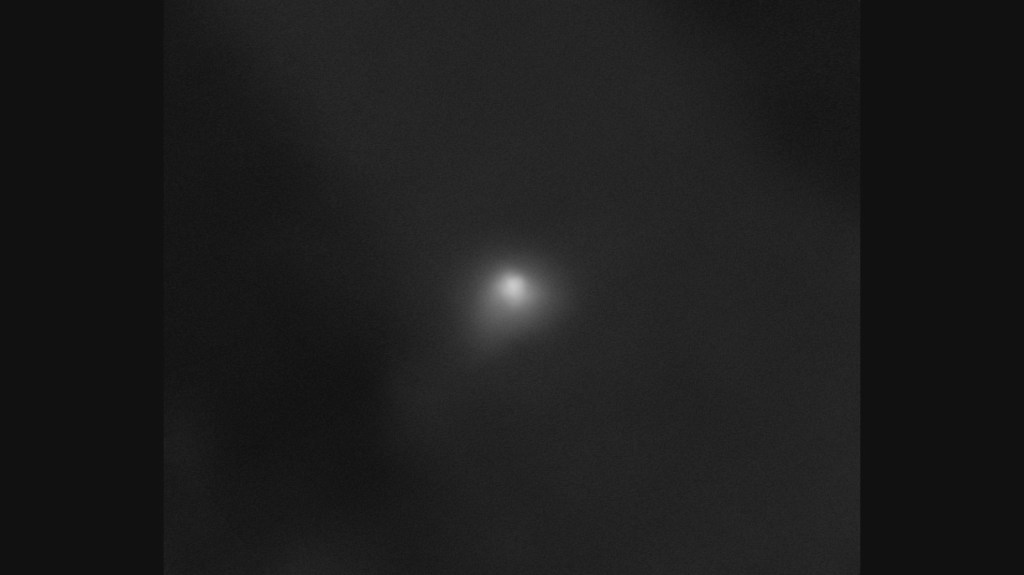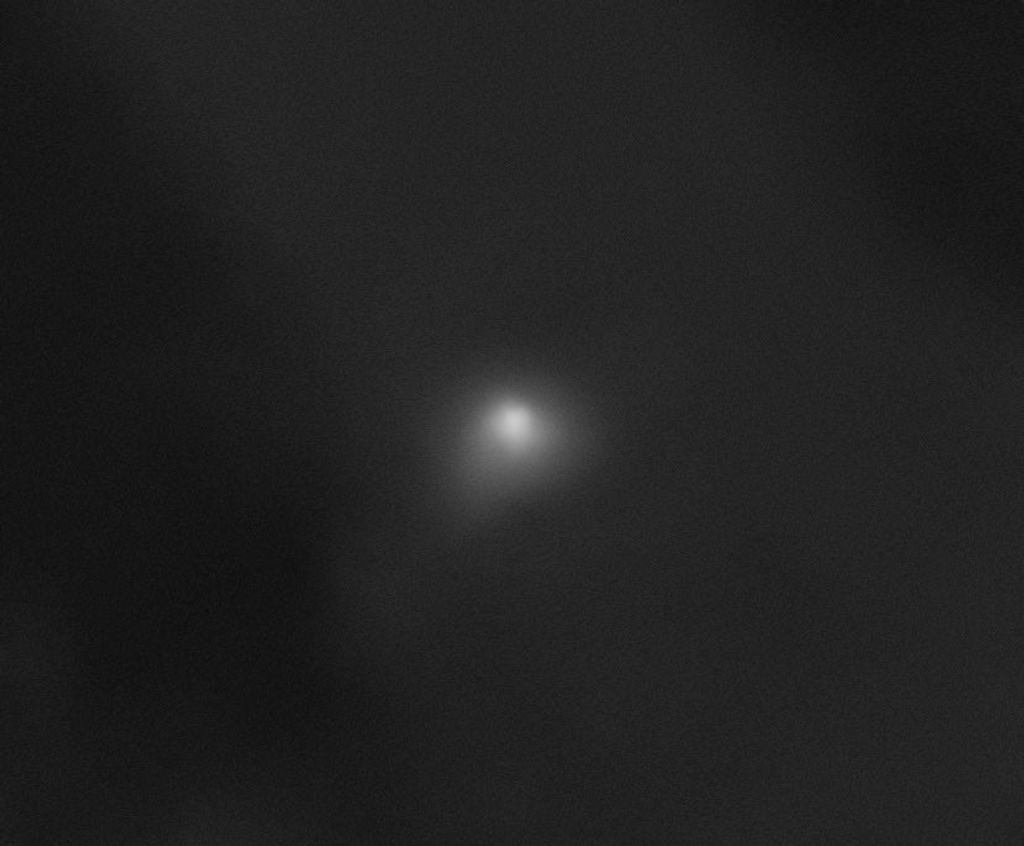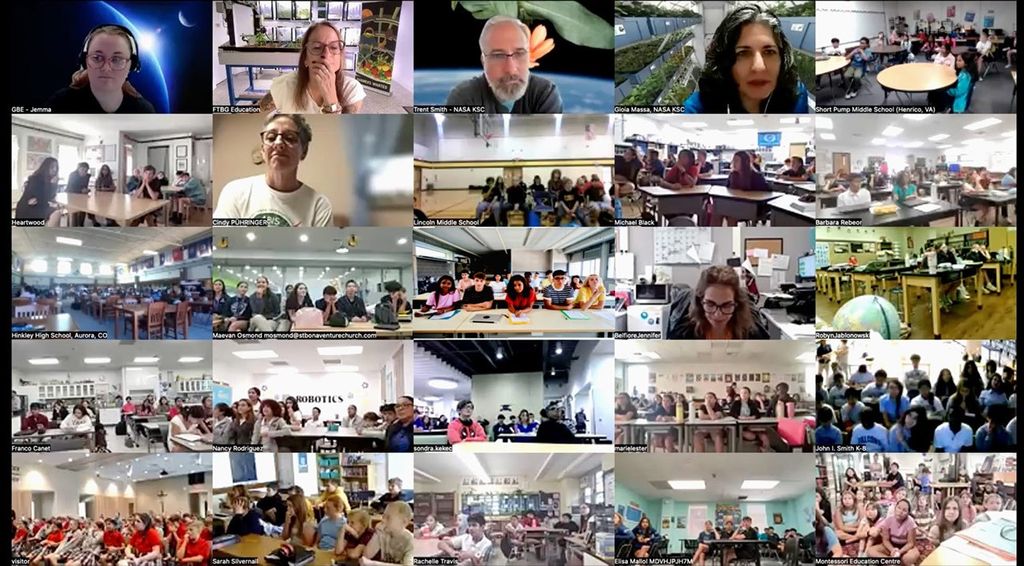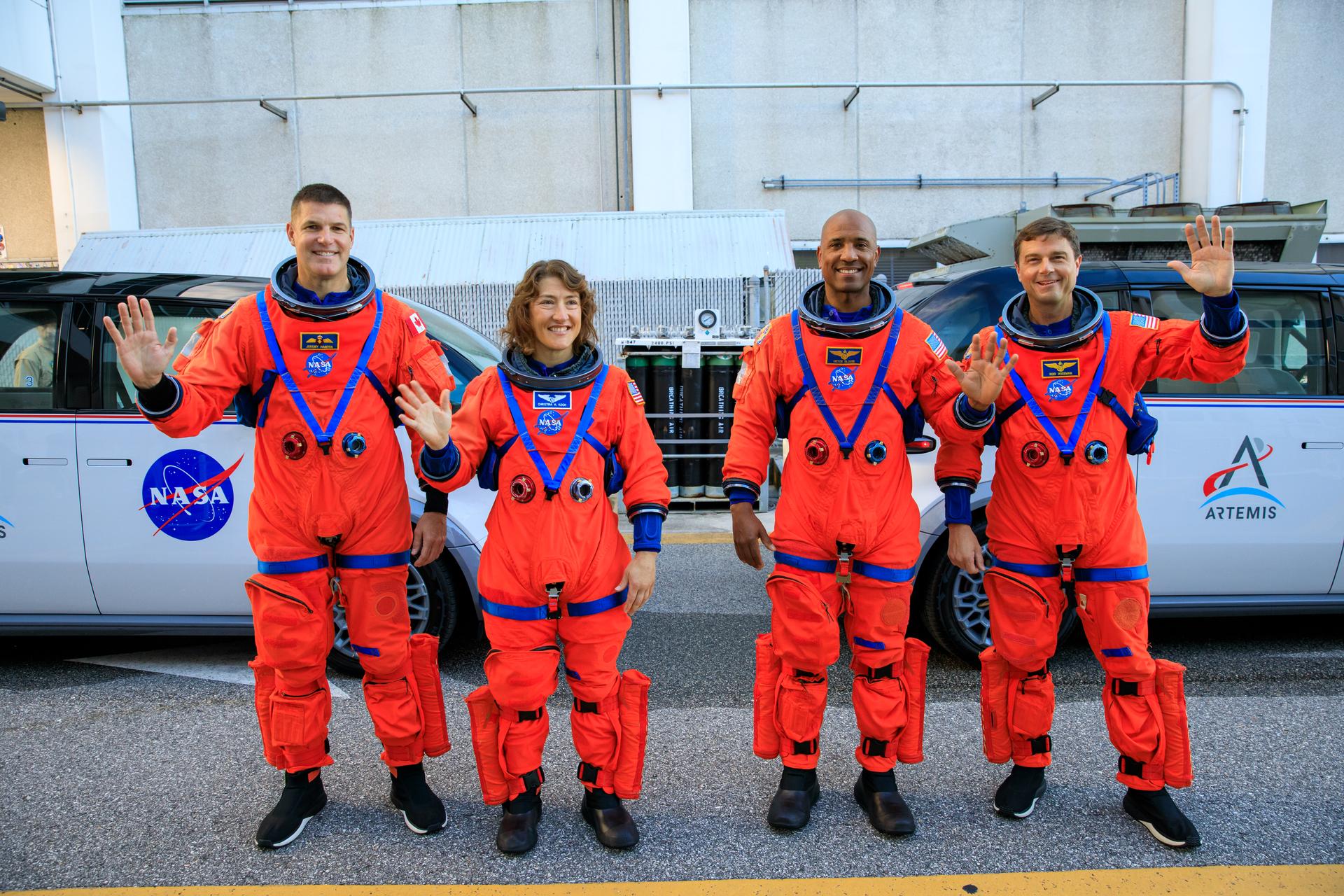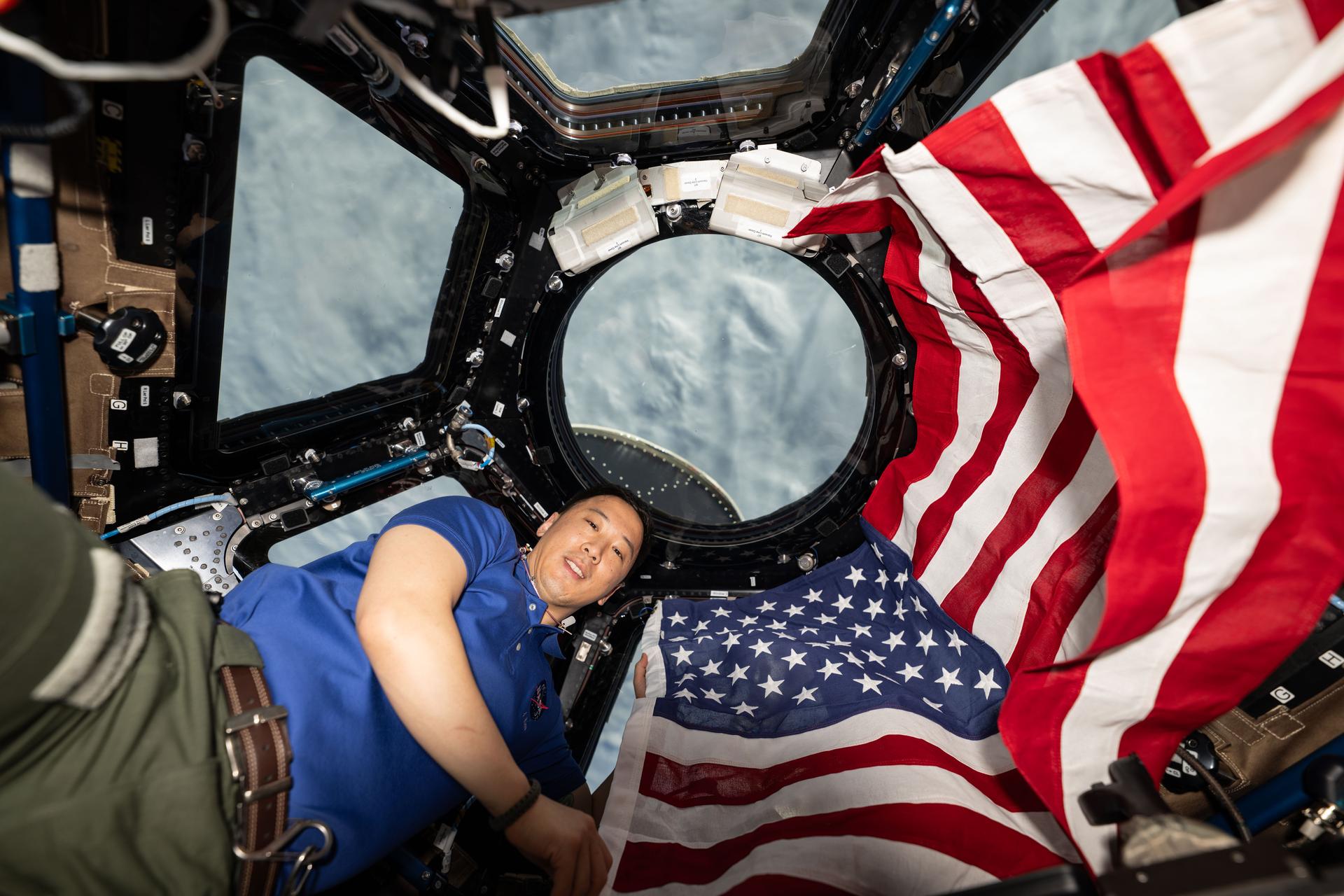1 min read
Gravitational Lens in Galaxy Cluster AC 114

The NASA Hubble Space Telescope photograph (left) shows a pair of L-shaped images with striking mirror-symmetry. These are thought to arise from a very distant galaxy seen through a cluster of foreground galaxies (right). The gravity of the galaxy cluster acts as a natural magnifying glass, bending and focusing the light of the more distant source into several images, each of which is apparently larger and brighter than would otherwise be the case. This rare combination of Hubble's powerful telescope mirrors and the natural telephoto lens gives astronomers unprecedented information on the nature of very distant galaxies, and on the distribution and nature of matter in the foreground cluster. The two compact objects in the center of the HST image are thought to be unrelated galaxies in the foreground cluster.
The observations were made with Hubble's Wide Field Camera in one of the first long exposures (six hours) with the orbiting observatory.
About the Object
- R.A. PositionR.A. PositionRight ascension – analogous to longitude – is one component of an object's position.00h 53m 39.7s
- Dec. PositionDec. PositionDeclination – analogous to latitude – is one component of an object's position.-21° 40' 44.0"
- Object NameObject NameA name or catalog number that astronomers use to identify an astronomical object.AC 114
- Release DateOctober 8, 1992
- Science ReleaseNASA’s Hubble Space Telescope Uses a Distant Gravitational Lens to Explore the Cosmos
- CreditScience Release Credit: C. Richard Elis (Durham University)/NASA
Share
Details
Claire Andreoli
NASA’s Goddard Space Flight Center
Greenbelt, Maryland
claire.andreoli@nasa.gov

